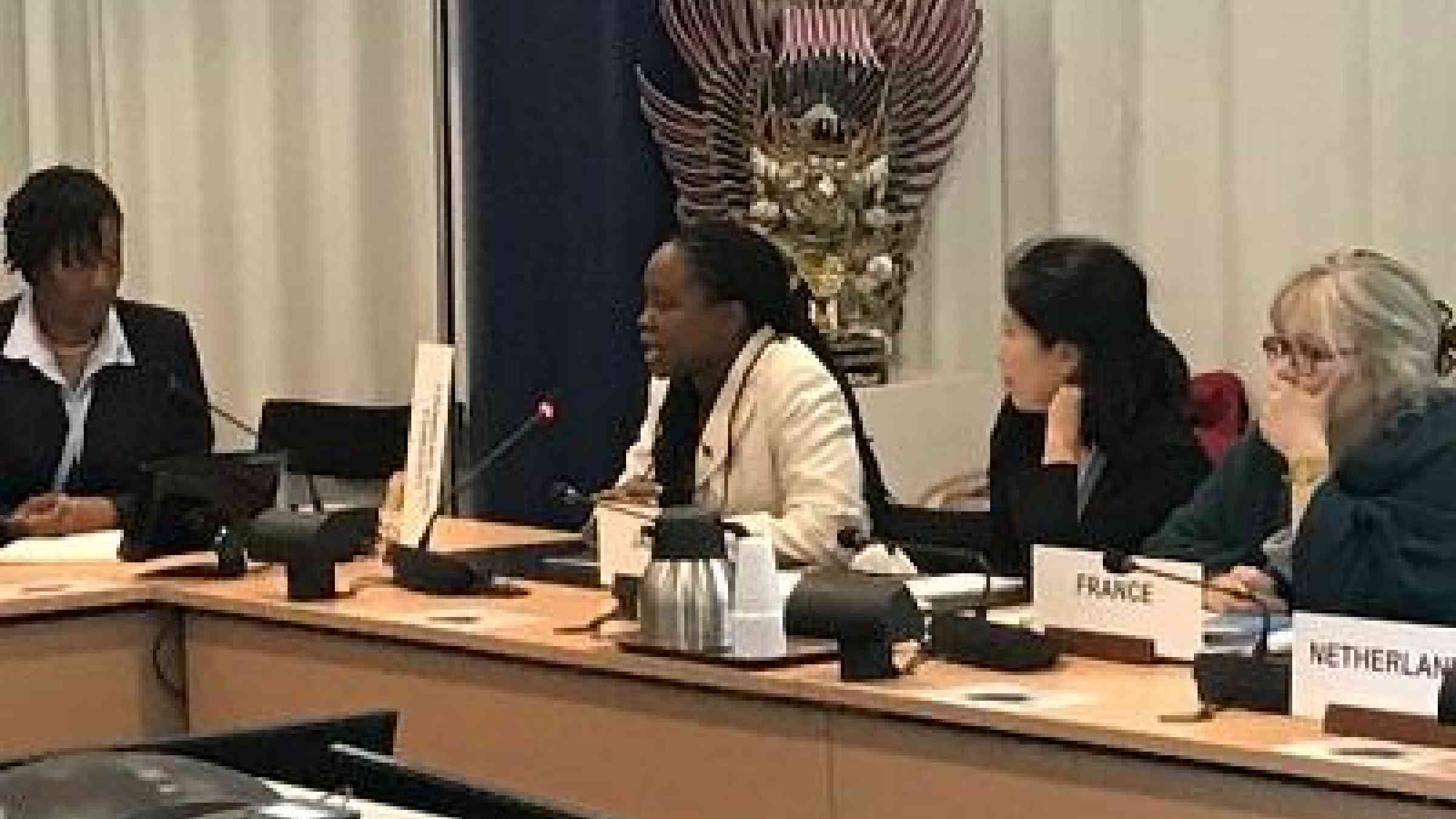Caribbean hurricane season under review

GENEVA, 22 March, 2018 - A comprehensive review on how early warning systems performed in the Caribbean during the record-breaking 2017 Atlantic Hurricane Season will highlight in particular how men and women were affected differently by events.
The report will be launched at the Americas Regional Platform for Disaster Risk Reduction in Cartagena, Colombia which runs from June 20 to 22. Some 200 people lost their lives on 12 islands in the Caribbean during a very active hurricane season which included two consecutive Category 5 hurricanes Irma, and Maria. Economic losses are estimated at USD130 billion losses and more than one million people were affected.
“As we are approaching the new hurricane season, the study could not be more timely. We need to learn the lessons of what happened in 2017 and be ready before the next hurricane strikes,” said Ambassador Makeda Antoine Cambridge of Trinidad and Tobago.
During the 2017 hurricane season, most communication and water systems were destroyed, critical infrastructure and housing were damaged and more people were pushed into poverty.
The World Bank estimates Dominica’s total damages and losses from the hurricane at US$ 1.3 billion or 224% of its Gross Domestic Product (GDP).
Representatives from Cuba, Barbados, Trinidad and Tobago, Haiti and the Organization of Eastern Caribbean States (OECS) welcomed the prospect of the new report and the gender analysis that will help in shaping more gender balanced disaster risk reduction policies in the region.
CREWS (Climate Risk Early Warning Systems) is investing US$ 5.5 million in improving early warning systems in the region.
“The findings of the report will help guide CREWS investments and will be a valuable source of information for future work in other parts of the world,” said John Harding, Head of the CREWS Secretariat,
The CREWS initiative is supported by the World Meteorological Organization (WMO), the UN Office for Disaster Reduction and the World Bank/ GFDRR (Global Facility for Disaster Reduction and Recovery) and aims to raise more than US$ 100 million by 2020.